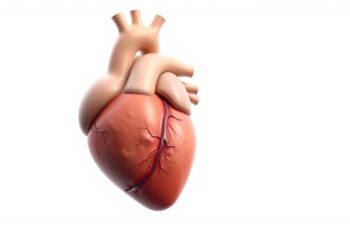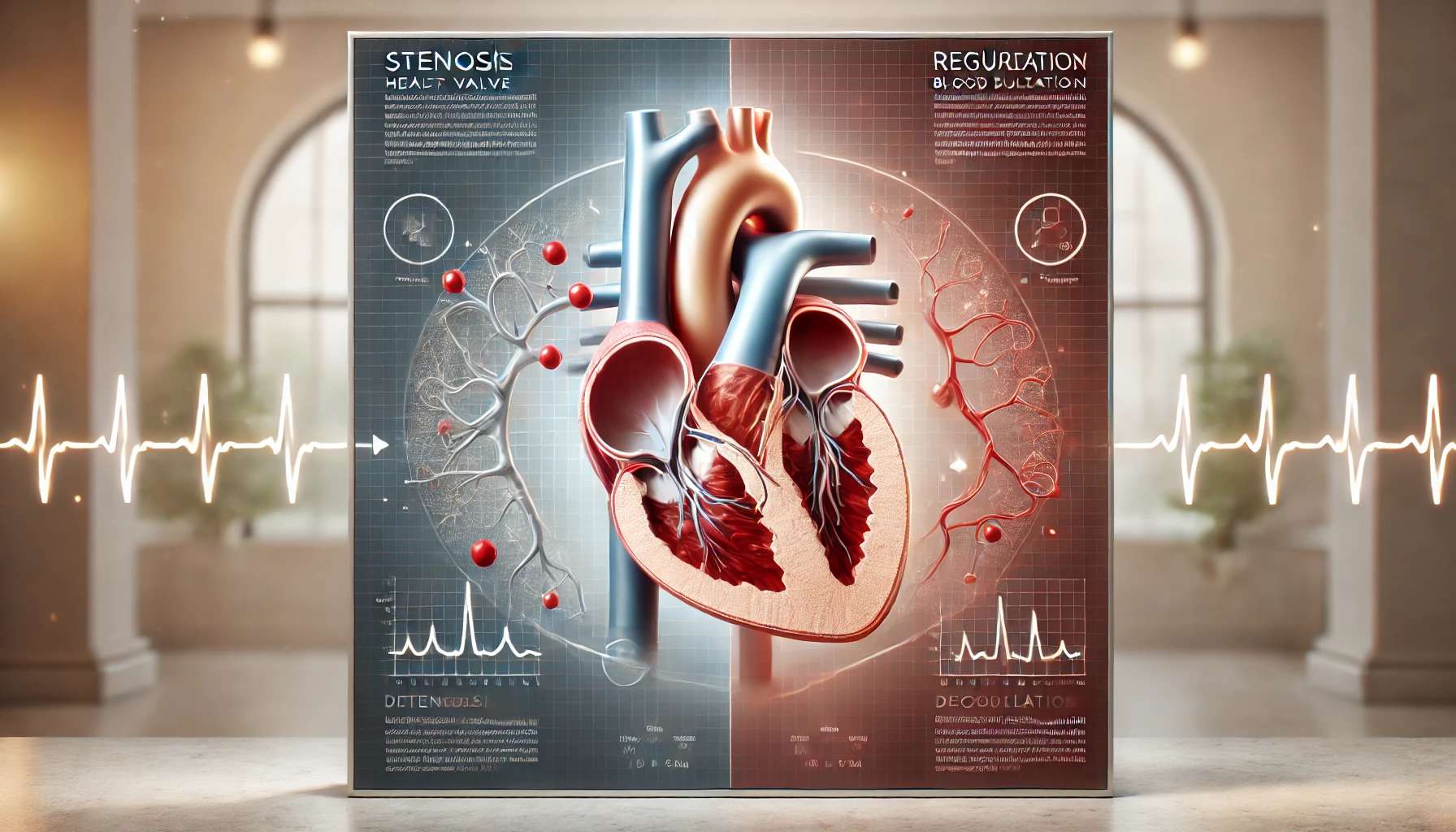Ad Blocker Detected
Our website is made possible by displaying online advertisements to our visitors. Please consider supporting us by disabling your ad blocker.
Heart failure—the phrase alone sounds dire, doesn’t it? For many, it conjures images of someone clutching their chest in a sudden, dramatic moment. But in reality, heart failure is far more nuanced. It’s not an abrupt halt, like flipping a switch, but more of a slow dimming—a gradual inability of the heart to pump enough blood to meet the body’s demands. While it’s undeniably serious, it’s also manageable—with vigilance, care, and a touch of hope. In this guide, we’ll meander through the details: causes, symptoms, risk factors, treatments, and maybe even some unexpected side notes.
What Is Heart Failure?
Let’s get this straight right away: heart failure isn’t the same as a heart attack. Picture this: a heart attack is like a sudden traffic jam—a blood clot blocking the freeway of your arteries. Heart failure? That’s more like a highway slowly eroding over time, becoming harder to navigate with every mile.
The heart, an astonishingly hardworking organ, pumps blood day and night, delivering life-sustaining oxygen and nutrients. But when it starts to falter, the consequences ripple through the body. Here’s how it might show up:
- Weak pump action: The heart muscle loses strength, struggling to contract forcefully enough to push blood through the arteries.
- Stiffness: Imagine trying to fill a brittle balloon with water—a stiffened heart muscle resists filling properly.
- Fluid traffic jams: Poor pumping efficiency leads to fluid backing up in places it shouldn’t be, like the lungs (cue that annoying nighttime cough), legs, or even the abdomen.
And here’s the kicker: heart failure can sneak up on you. It’s insidious, subtle at first, before ramping up into something you can’t ignore.
What are the symptoms of heart failure?
Let’s be honest: some of these symptoms sound generic enough to dismiss after a long workday. But taken together—or worsening over time—they might point to something more serious:
- Shortness of breath: It can hit during exercise, climbing stairs, or even when lying down (propped-up pillows, anyone?).
- Fatigue: The kind that makes you wonder if your coffee was switched for decaf.
- Swelling: Puffy ankles, swollen legs, or even a bloated belly might signal fluid retention.
- Heart rhythm oddities: Fast, irregular beats, or even a sense of fluttering.
- Cough: Persistent, nagging, and often worse at night.
- Unexplained weight gain: Fluid buildup can tip the scales overnight.
- Brain fog: Confusion or memory lapses—your brain needs oxygen, too!
If these ring any bells, don’t Google-diagnose. Get yourself checked out—better safe than sorry.
Risk Factors for Heart Failure
Now, the tricky part is that many of the culprits behind heart failure are lurking in plain sight. Let’s name and shame a few:
- Coronary artery disease: The usual suspect—blocked arteries starving the heart muscle.
- High blood pressure: The silent stressor, chipping away at your heart’s resilience.
- Diabetes: It’s not just about sugar; damaged vessels and nerves up risk.
- Obesity: Carrying extra weight isn’t just hard on your knees; it taxes your heart, too.
- Smoking: This one’s a no-brainer—it wreaks havoc on your arteries.
- Sleep apnea: Those nighttime gasps for air? They’re not harmless.
- Family history: You can’t pick your genes, but you can manage your lifestyle.
- Age: Let’s face it, getting older is a risk factor for a lot of things.
Here’s the twist: risk doesn’t guarantee destiny. Small changes can make a big difference—but more on that later.
Understanding Heart Failure Treatment Options
Heart failure isn’t curable, but it’s far from hopeless. Think of treatment as a toolkit—you need the right combination of tools for the job:
- Medications: Diuretics (a.k.a. water pills) to reduce fluid, beta-blockers to ease the workload, and ACE inhibitors to open up blood flow. It’s a balancing act.
- Lifestyle tweaks: This is where you take the wheel—balanced meals (yes, more greens, less salt), daily movement (even short walks count), and keeping stress in check.
- Medical devices: Pacemakers, defibrillators, or CRT (that’s cardiac resynchronization therapy, for the curious).
- Surgery: In extreme cases, you might need a bypass, valve repair, or even a transplant.
One last thought: recovery isn’t linear. There will be good days and bad days—but the goal is fewer bad ones.
Prevention: The Best Offense
You’ve heard this all before, but it bears repeating: prevention beats treatment. Here’s your to-do list:
- Eat smarter: Fruits, veggies, whole grains, and lean proteins. Ditch the processed stuff.
- Stay active: Aim for 30 minutes most days—even if it’s just walking the dog or dancing in your living room.
- Quit smoking: Seriously, no excuses.
- Control the controllables: Manage your blood pressure, cholesterol, and blood sugar like your life depends on it—because it kind of does.
- Check-in: Regular visits to your doctor can catch problems early.
Conclusion
Heart failure—a daunting diagnosis, sure, but not an unbeatable one. With the right knowledge, proactive choices, and a team of professionals in your corner, you can defy the odds. Every small step, every informed decision, chips away at the mountain. So, take heart (pun absolutely intended), and remember: life isn’t over—it’s just asking for a little extra care.
Disclaimer: This article is for informational purposes only. Always consult a healthcare professional for medical advice tailored to your specific situation.






